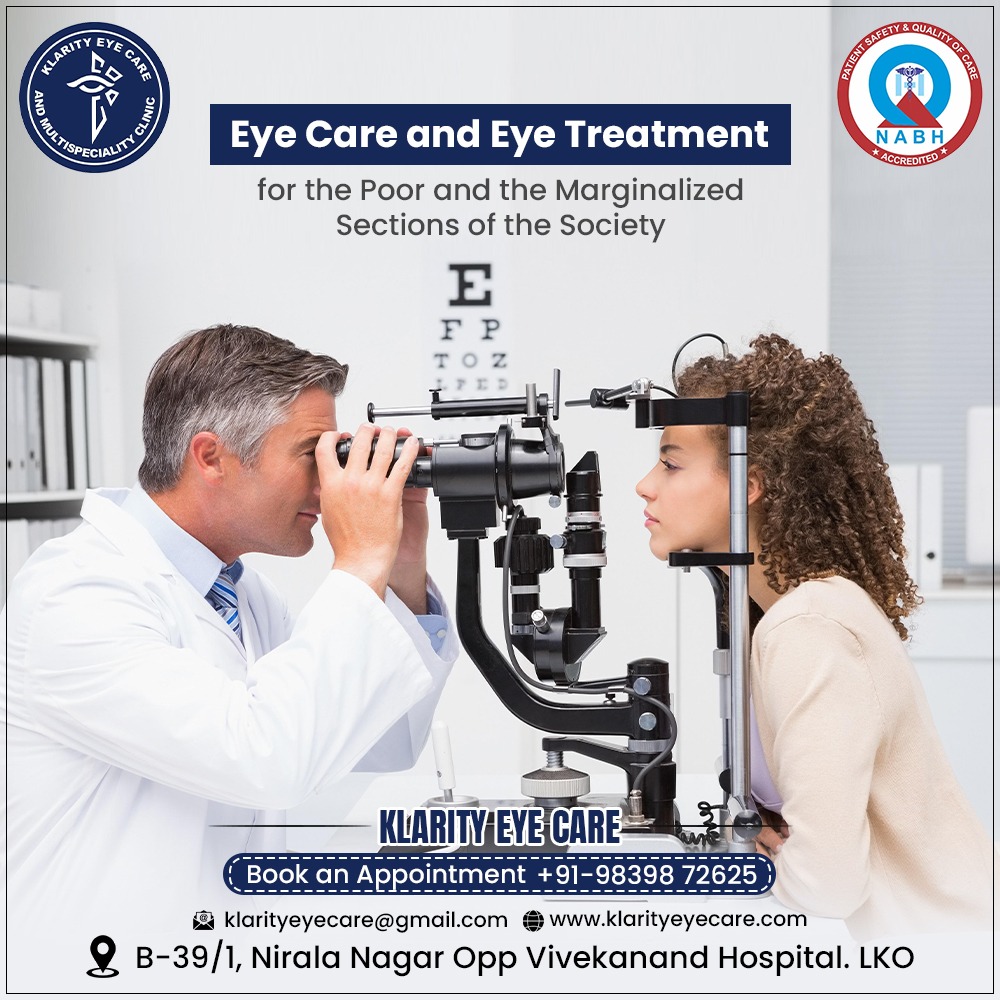Choosing the right sober living facility is a crucial step in maintaining long-term recovery. A structured and supportive environment can make all the difference in preventing relapse and building a stable, sober life. But with so many options available, how do you find the best fit?
This guide will walk you through everything you need to know when selecting a sober living home, from key factors to consider to red flags to avoid.
Understanding Sober Living Facilities
What is a Sober Living Home?
A sober living home is a residential facility designed to help individuals transition from addiction treatment to independent living. Unlike rehab centers, sober homes do not offer medical treatment but instead provide a structured and substance-free environment where residents can focus on their recovery.
Differences Between Sober Living, Rehab, and Halfway Houses
- Rehab Centers: Provide medical detox and intensive therapy for substance abuse.
- Sober Living Homes: Offer a drug-free, structured living environment with peer support.
- Halfway Houses: Typically government-funded and often cater to individuals coming out of incarceration or rehab.
Who Benefits from Sober Living?
- Individuals who have completed a rehab program
- Those seeking a supportive environment for recovery
- People transitioning back into daily life while maintaining sobriety
Key Factors to Consider When Choosing a Sober Living Facility
1. Accreditation & Licensing
Ensure the facility is accredited by reputable organizations such as the National Alliance for Recovery Residences (NARR). Licensed facilities follow strict standards that ensure a safe and effective recovery environment.
2. House Rules & Structure
A good sober living home should have clear rules, such as curfews, drug testing, and participation in group meetings. Structure helps residents stay accountable and maintain sobriety.
3. Support Services & Programs
Look for facilities that offer:
- 12-step meetings (AA, NA)
- Individual or group therapy
- Life skills training (employment assistance, financial management)
4. Qualified Staff & Peer Support
A well-run sober home should have trained staff who understand addiction recovery. Peer support from fellow residents can also be a significant factor in long-term success.
5. Location & Environment
Consider the location carefully. A sober living home in a safe and supportive community, with access to work opportunities and public transportation, can positively impact recovery.
6. Cost & Insurance Coverage
The cost of sober living varies. Some facilities accept insurance, while others require out-of-pocket payments. Ensure you understand the financial commitments before making a decision.
7. Reviews & Testimonials
Check online reviews and testimonials from former residents. A strong track record of success and positive feedback are good indicators of a quality sober living home.
Red Flags to Watch Out For
Not all sober living homes are created equal. Be aware of these warning signs:
- Lack of Accreditation: If a facility is not licensed or accredited, proceed with caution.
- Poor Living Conditions: Overcrowding, unsanitary environments, or broken facilities are red flags.
- No Clear Structure or Support: A lack of rules and accountability may indicate an ineffective program.
- High Staff Turnover: Consistent changes in staff can indicate poor management.
Steps to Take Before Making a Decision
- Research Online – Read reviews, check licensing, and explore their website.
- Visit the Facility – Take a tour to evaluate cleanliness, safety, and structure.
- Ask Questions – Inquire about rules, support programs, and staff credentials.
- Speak with Residents – Get firsthand feedback from current or former residents.
- Review the Contract – Understand financial obligations and expectations before committing.
Conclusion & Next Steps
Choosing the right sober living facility is a critical decision that can impact your recovery journey. By considering factors like accreditation, structure, support services, and cost, you can find a home that aligns with your needs and goals.
If you or a loved one is seeking sober living, take the next step today—reach out to a reputable facility, schedule a visit, and make an informed choice for a healthier future.

